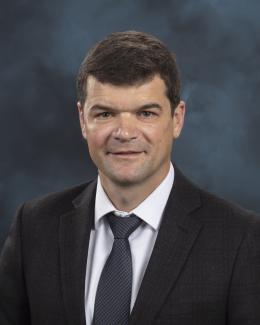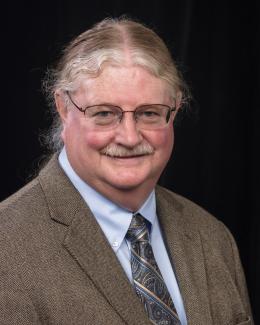Abstract
We report experimental as well as theoretical evidence that suggests Au–CO complex formation upon the exposure of CO to active sites (step edges and threading dislocations) on a Au(111) surface. Room-temperature scanning tunneling microscopy (STM), X-ray photoelectron spectroscopy, transmission infrared spectroscopy, and density functional theory calculations point to Au–CO complex formation and migration. Room-temperature STM of the Au(111) surface at CO pressures in the range from 10^–8 to 10^–4 Torr (dosage up to 10^6 langmuir) indicates Au atom extraction from dislocation sites of the herringbone reconstruction, mobile Au–CO complex formation and diffusion, and Au adatom cluster formation on both elbows and step edges on the Au surface. The formation and mobility of the Au–CO complex result from the reduced Au–Au bonding at elbows and step edges leading to stronger Au–CO bonding and to the formation of a more positively charged CO (COδ+) on Au. Our studies indicate that the mobile Au–CO complex is involved in the Au nanoparticle formation and reactivity, and that the positive charge on CO increases due to the stronger adsorption of CO at Au sites with lower coordination numbers.



